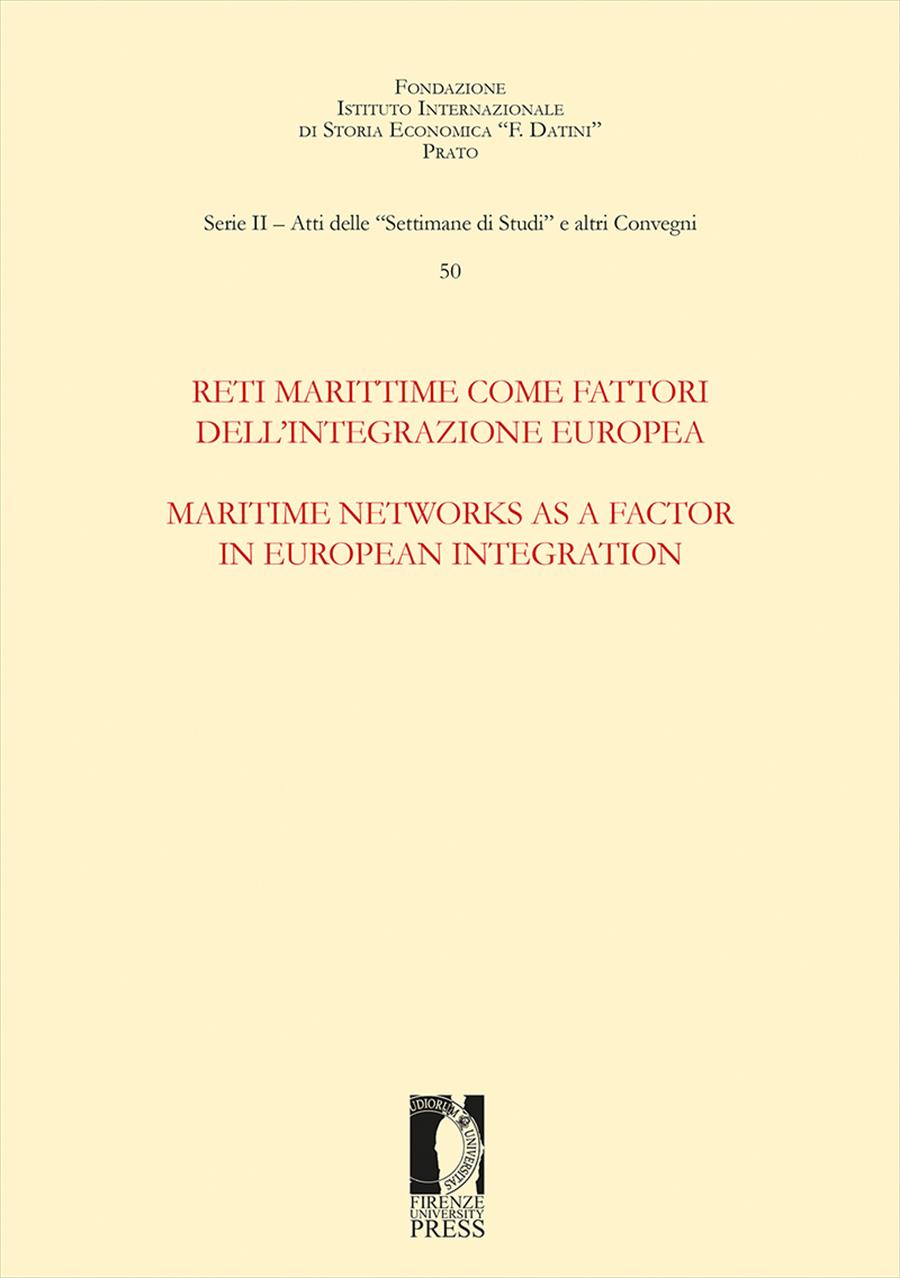Traffici globali. Corallo, diamanti e tele di cotone negli affari commerciali dei Genovesi in Oriente
- Luca Lo Basso
- © 2019 Author(s) |
- CC BY 4.0
- DOI: 10.36253/978-88-6453-857-0.28
Genoese merchants, who certainly did not disappear after 1627, during the second half of the century were able to establish new global-scale commercial networks on a par with those of other merchant communities (those of the Jews for instance). In the 1660s and for a few decades, Genoese goods – paper and fabrics – sailed to the Indies with African slaves. On their way back, the same Genoese ships would carry tonnes of silver and a wealth of other colonial goods thereby increasing trade with the East. This commercial framework is the backdrop to the story of Nicolò and Pietro Francesco Fieschi, two brothers whose lives testify how between the second half of the seventeenth century and the early decades of the eighteenth century, merchants from Genoa certainly had not withdrawn from international commerce focusing only on financial profits. On the contrary they were able to find new commercial momentum in opportunities provided by the connections brought about by the ever-more globalised world.
University of Genoa, Italy - ORCID: 0000-0002-2915-0796
Chapter Information
Chapter Title
Traffici globali. Corallo, diamanti e tele di cotone negli affari commerciali dei Genovesi in Oriente
Authors
Luca Lo Basso
Language
Italian
DOI
10.36253/978-88-6453-857-0.28
Peer Reviewed
Publication Year
2019
Copyright Information
© 2019 Author(s)
Content License
Metadata License
Bibliographic Information
Book Title
Reti marittime come fattori dell’integrazione europea / Maritime Networks as a Factor in European Integration
Editors
Giampiero Nigro
Peer Reviewed
Number of Pages
592
Publication Year
2019
Copyright Information
© 2019 Author(s)
Content License
Metadata License
Publisher Name
Firenze University Press
DOI
10.36253/978-88-6453-856-3
ISBN Print
978-88-6453-856-3
eISBN (pdf)
978-88-6453-857-0
eISBN (xml)
978-88-9273-037-3
Series Title
Atti delle «Settimane di Studi» e altri Convegni
Series ISSN
2704-6354
Series E-ISSN
2704-5668
